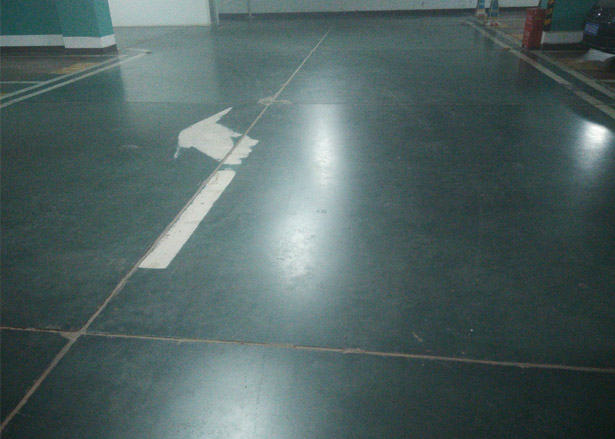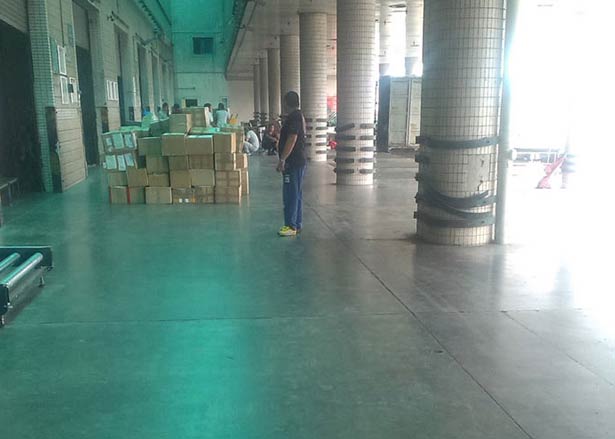Lightweight microporous ceramic materials have gained significant attention in recent years due to their versatile applications across various industries, including aerospace, automotive, electronics, and biomedical fields. These materials are characterized by their highly porous structure, which confers not only a reduction in weight but also unique thermal, mechanical, and acoustic properties. The lightweight nature of these ceramics is primarily attributable to their high porosity, typically exceeding 30%, without compromising their strength and durability.
The production process of lightweight microporous ceramic materials often involves advanced techniques such as sol-gel synthesis, foam casting, or extrusion methods, which allow for precise control over the pore structure and distribution. These methods lead to the formation of interconnected pore networks, enhancing properties such as thermal insulation, sound absorption, and moisture resistance. As a result, lightweight microporous ceramics are increasingly utilized in applications where traditional materials would be too heavy or inefficient.
One of the most prominent features of these materials is their excellent thermal stability. Lightweight microporous ceramics can withstand high temperatures, making them ideal for applications in thermal barriers, such as in aerospace and automotive industries, where efficiency and performance are paramount. Additionally, their low thermal conductivity plays a critical role in reducing heat loss, improving energy efficiency in various systems.
Mechanical durability is another crucial aspect of lightweight microporous ceramics. Despite their reduced weight, these materials exhibit impressive compressive and flexural strength, allowing them to endure demanding environments. This strength combined with their lightweight characteristic makes them ideal for structural components, where weight savings translate to enhanced fuel efficiency and performance.
Moreover, the versatility of lightweight microporous ceramics extends to their potential in environmental applications, such as filtration systems and catalysts. Their high surface area and tailored pore sizes facilitate effective adsorption and separation processes, making them a focal point in research and industry efforts to address pollution and sustainability challenges.
In conclusion, lightweight microporous ceramic materials represent a convergence of innovative production techniques and advanced material science, leading to performance benefits across a multitude of applications. Their unique combination of lightness, strength, and multifunctional properties positions them as a highly valuable material in contemporary technology and industry, contributing to enhanced efficiency and sustainability efforts. As research continues to advance in this field, the potential for new applications and improvements in material performance remains vast, ensuring that lightweight microporous ceramics will continue to be at the forefront of material innovation.
Show More >>
PRODUCTS
You are welcome to contact us at any time, please write the message here and we will reply you in 24 houre. thanks foryour support.
NEWS
May.22, 2019



